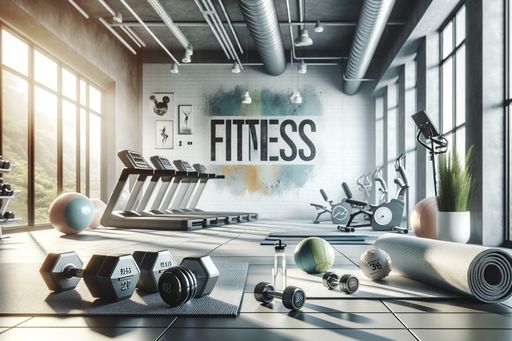Micro-workout benefits and expert tips on how to get started in just 20 seconds
No time to work out? Micro-workouts can help change that.

What are micro-workouts?
Micro-workouts, also known as mini-workouts or exercise "snacks," involve short bursts of movement done multiple times a day to add up to a larger overall workout. The goal is to accumulate at least 15 minutes of exercise throughout the day. According to Walter Gjergja, co-founder and chief wellness officer at fitness app Zing Coach, this type of high-intensity burst of movement has a profound impact on our health and fitness markers.
Micro-workouts can be categorized into two types: 20- to 60-second workouts or sessions lasting 3 to 7 minutes. Gjergja advises that the efficiency of micro-workouts is minimal if they are shorter than 20 seconds. Examples of micro-workouts include running up stairs for 20 seconds or running in place for a minute. It's important to note that micro-workouts should not exceed 10 minutes due to the level of effort required.
Micro-workouts offer a way to fit exercise into a busy schedule. They provide coverage of the three main areas of fitness—cardiovascular, muscular, and flexibility—in a short period of time.
Micro-workout benefits
One obvious benefit of micro-workouts is the ability to fit movement into a busy day. With just 3 to 7 minutes, you can target cardiovascular, muscular, and flexibility aspects of fitness. Research has shown that even a few minutes of vigorous activity throughout the day can have a significant impact on lowering the risk of certain health conditions like cancer. Micro-workouts can be done anywhere, as they don't require equipment or much space. Additionally, they can help build long-lasting exercise habits, making it easier to commit to a larger activity in the future.
Incorporating micro-workouts into daily life is key. Whether it's taking a minute from every hour of your workday for push-ups or incorporating movement during household chores, finding ways to sprinkle exercise into your routine is important. Setting a workout "menu" of exercises that can be done in your environment and clothing is also helpful. This way, you can ensure that you're comfortable and safe while performing the exercises.
Tips to start micro-workouts
One tip to start incorporating micro-workouts is to make movement a part of your daily life. Whether it's walking during your commute or taking the stairs instead of the elevator, find opportunities throughout the day to be active. These small changes can add up to a significant amount of exercise over time.
Another tip is to create a workout "menu" of exercises that you can do safely and comfortably. This will allow you to tailor your micro-workouts to the environment and clothes you'll be in. It's important to test the exercises beforehand to ensure they are appropriate for your fitness level and physiological comfort. If you're looking to increase the intensity, you can try harder movements or incorporate equipment like dumbbells or exercise bands.



